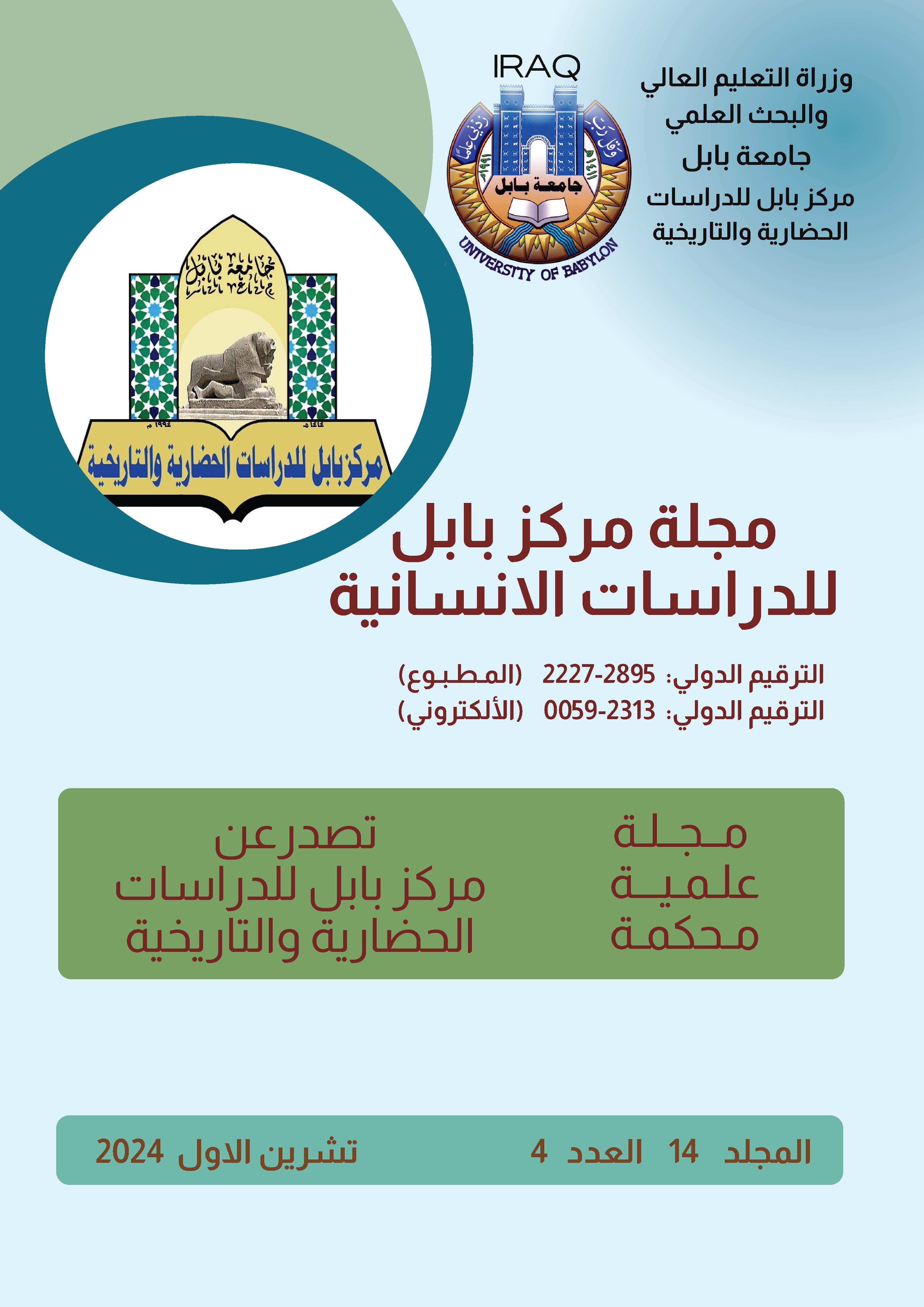Spatial and temporal variation of air pollution in Medhatiya City (2022)
Keywords:
What is pollution - How air pollution occurs - How polluted air affects human healthAbstract
This paper aims to analyze the temporal and spatial variation of pollutant gas concentrations of Almadhatiya city's air for the year 2022 and to know the reasons that cause higher concentrations of some pollutant gases in one area than others, with a statement of the impact of these gases on human health. Gas measuring devices have been used for this purpose and the temporal and spatial variation of the pollutant gas concentrations of the air in the city have been analysed. The study concluded that the high concentrations of pollutant gases of the air of Almadhatiya city is attributed to natural and human causes. Yet, the biggest influence is related to human factors represented by means of transportation, industrial workshops, and the increase in the population that lead to an increase of human activities which also lead to an increase of the trash they generate. All these factors contribute to the increase in air pollution, as well as pollutants that are transported by the air. Carbon dioxide concentrations revealed spatial and temporal variations in the air of the study area, but they all exceeded the environmental limits in the air with a slight increase during the winter compared to the summer. The study showed high levels of sulfur dioxide concentrations, especially during the winter, due to the weak dispersion factor resulting from low temperatures and slow wind speeds, which leads to an extension of the period of residence of this pollutant and an increase in its concentration in the air. Accordingly, it was found that all sites exceeded the permissible World Health Organization limits of (0.01/hour). Methane gas is lighter than air and evaporates at the top. The results of its measurement in the air of the study area revealed an increase in its concentrations during the summer compared to the winter, and its levels varied, as it exceeded the permissible World Health Organization limits of (0.24 PPM) for an exposure period of three hours during the two seasons. Nitrogen dioxide concentrations in the air of the study area revealed a significant increase, as its concentrations exceeded the permissible World Health Organization limits of (0.11 PPM) for one hour. During the two seasons in all locations, this indicates the presence of nitrogen dioxide pollution in the city of Madhatiya.







